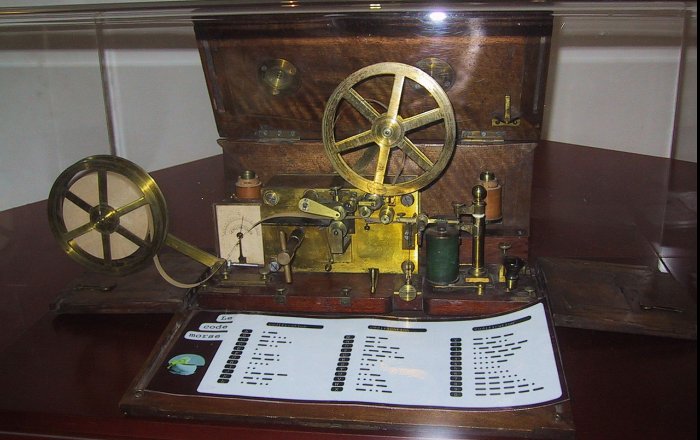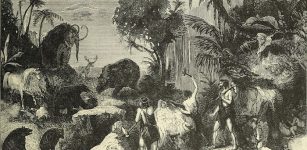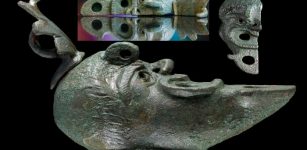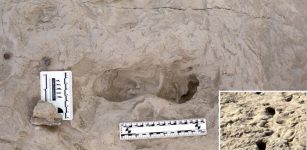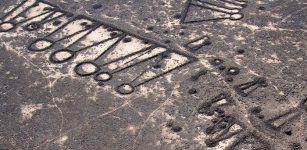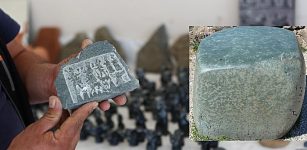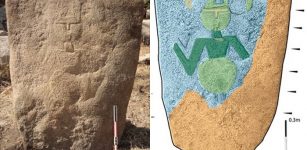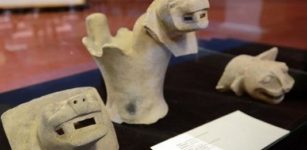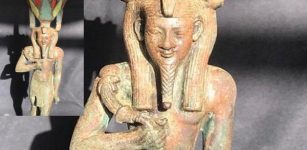On This Day In History: Samuel F.B. Morse Receives A Patent For His Dot-Dash Telegraphy Signals – On June 20, 1840
AncientPages.com - On June 20th, 1840, Samuel F.B. Morse (1791 – 1872) received a patent for the single-wire telegraph system.
He was a co-developer of the Morse Code and helped develop telegraphy's commercial use. Ancient civilizations of China, Egypt, and Greece used smoke signals or drumbeats to exchange information across long distances.
Morse Telegraph (1837), historical collection of France Telecom, Telecommunication City in Pleumeur-Bodou, France. Image credit: Zubro - CC BY-SA 3.0
Samuel F.B. Morse, an American portrait painter, and inventor with many diverse interests gave us something much better - the electric telegraph.
He patented three new pumps and studied electricity; the telegraph was his most famous achievement.
Morse devised a telegraphy system in cooperation with his associate and inventor, Alfred Vail.
His dot-dash system represented numbers and letters of the English alphabet and allowed the simple transmission of complex messages across telegraph lines.
Morse sent his first telegraph message, from Washington, D.C., to Baltimore, Maryland. It was put to practical use in 1844 after he and Vail produced a working electromagnetic telegraph transmitter.
By 1866, a telegraph line had been laid across the Atlantic Ocean from the U.S. to Europe.
The telegraph is not widely used today; its place was taken by the telephone, fax machine, and Internet.
The telegraph became a valuable communication technology 100 years ago, just as the Internet today, with emails, chat, and Twitter.
However, the invention of the telegraph will remain a significant part of history for being one of the first forms of long-distance communication.
AncientPages.com

